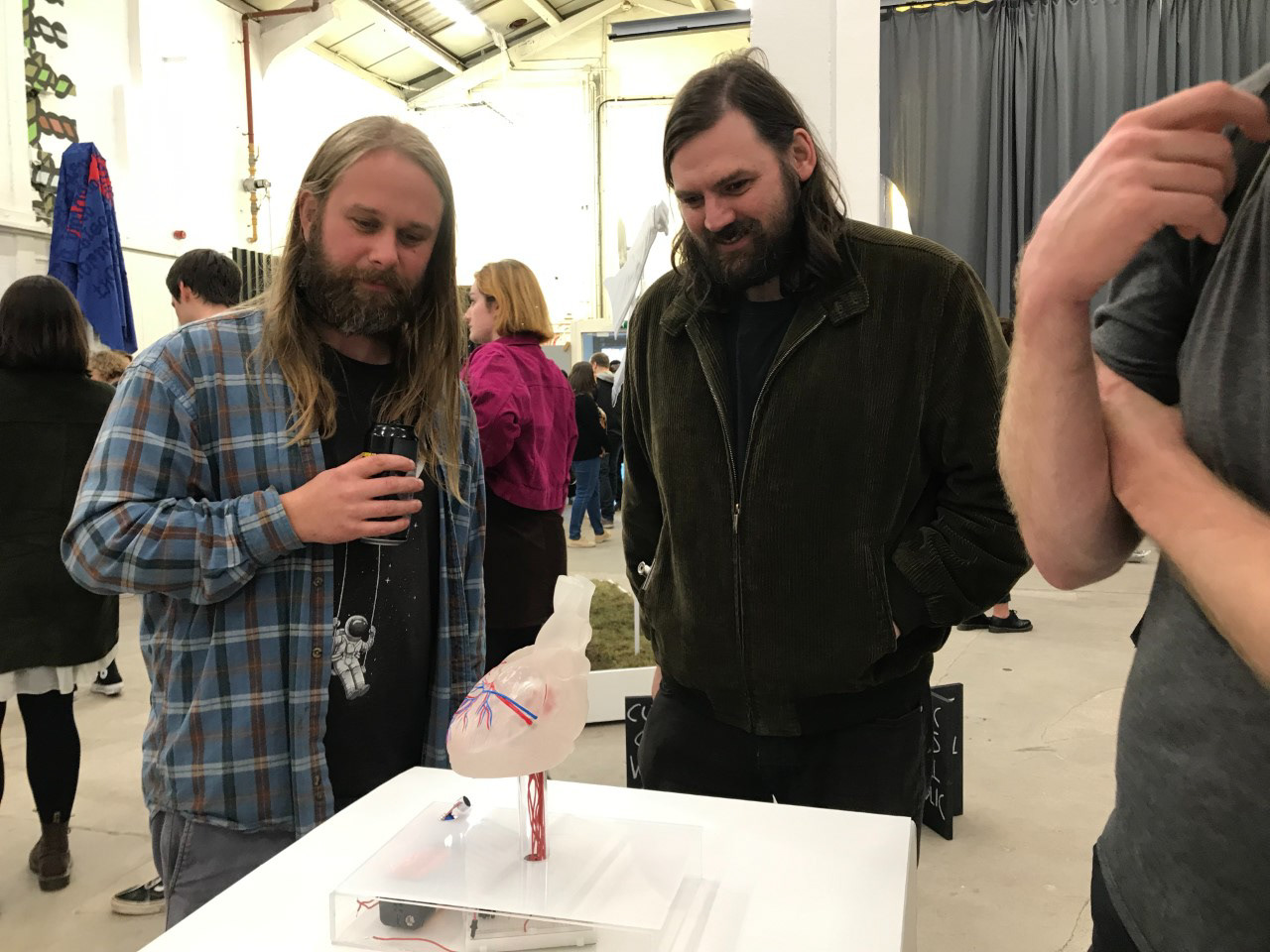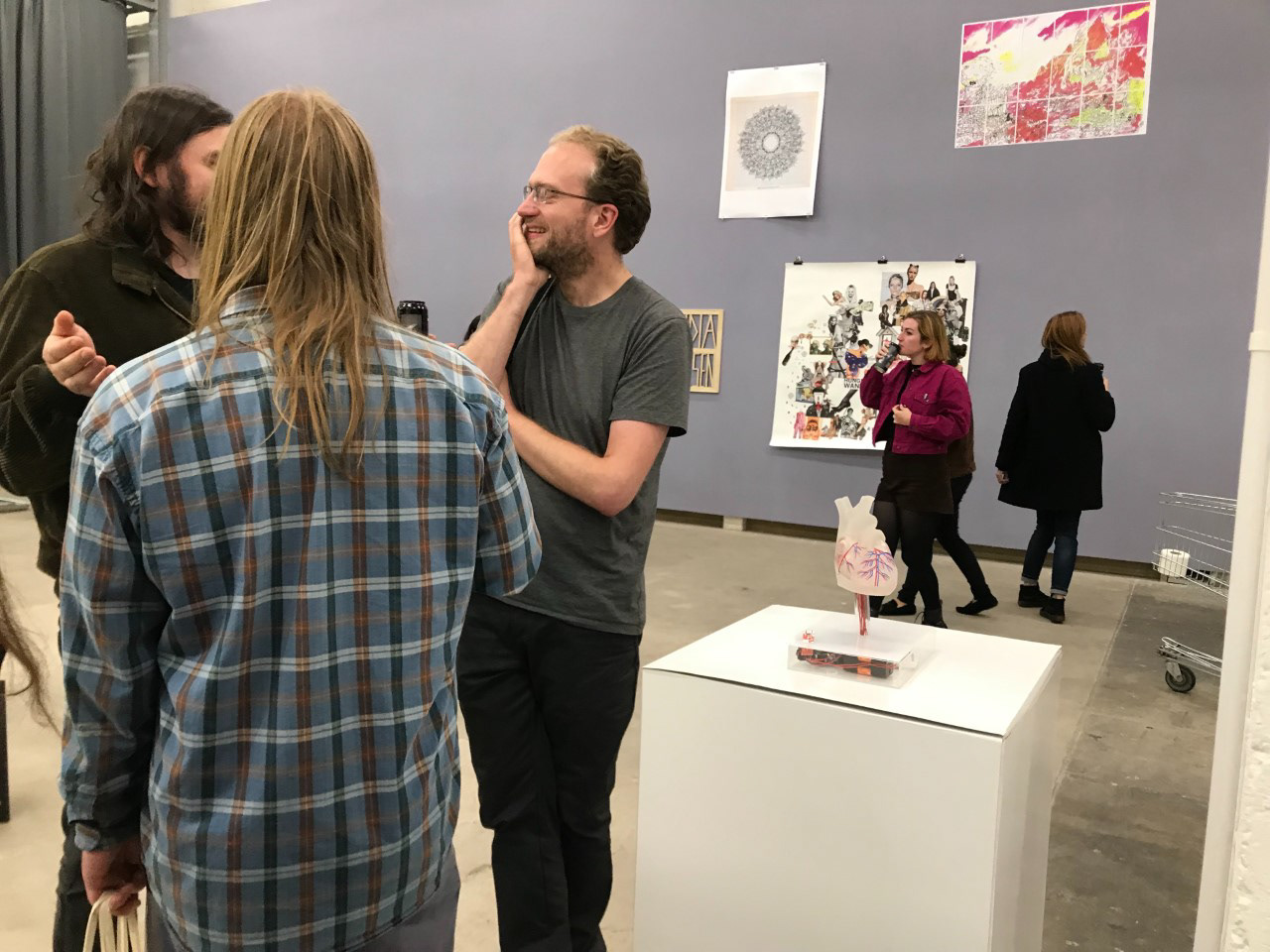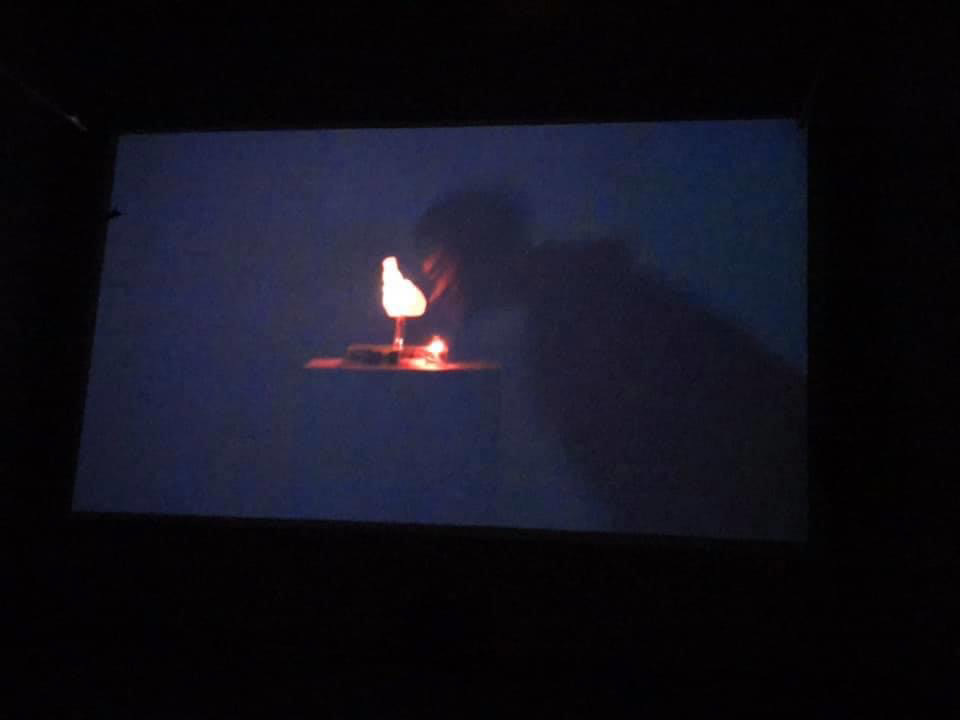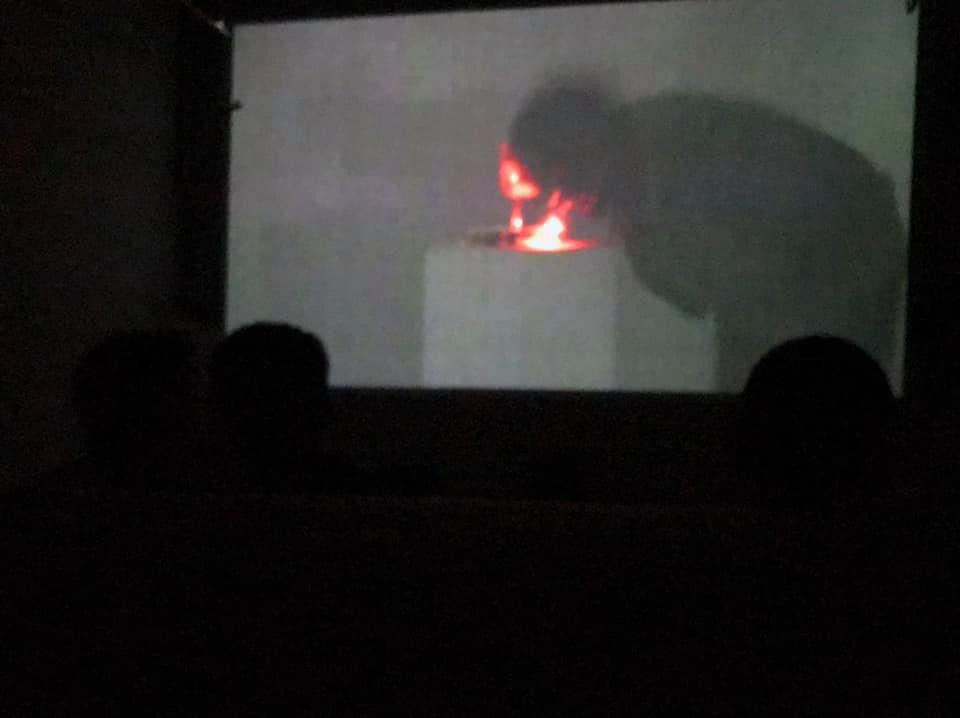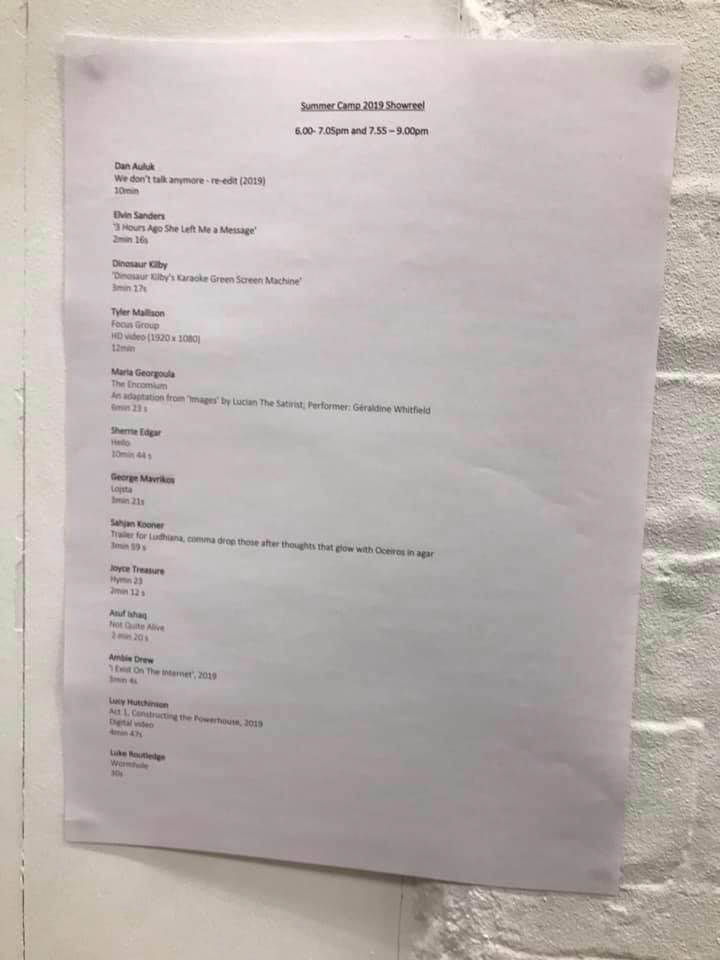Loneliness is a chronic condition. People can have no contact with another person for long periods of time. How does that feel? Has anyone spoken to you after an extensive duration of no communication?
Our aging population grows, almost a quarter of those aged over 75 who live alone experience whole days without any human contact, face-to-face or over the phone. One in ten men and women aged 65 and over, which is around 1 million people, are always or often lonely.
The Daily Mail in 2015 reported 1.5 million pensioners are set to suffer from loneliness by 2028.
Age UK and the Campaign to End Loneliness warn that social isolation can have a devastating impact on mental and physical health.
The charities’ say 'No one should have no one’. Studies have found social isolation can be more damaging than not exercising and is twice as harmful as obesity.
Loneliness can increase the risk of depression and raises the chances of developing dementia by up to two-thirds.
Families with multifaceted issues such as ill-health, bereavement, and disjointed family connections, charities consider being at higher risk of these major public health challenges.
Charities also report almost half of all pensioners say their TV or their pet is their main source of company. Even people of retirement age are facing social isolation.
13 percent of those aged 55 and above only speak to another person three or four days a week. Our aging population means the overall number could rise by 50 percent before 2030.
Age UK's charity director Caroline Abrahams, said: 'Loneliness is widespread among older people, leaving millions facing the ups and downs of later life largely alone’.
The transparent human size heart symbolises how our hearts trigger a ‘feeling good’ response when we physically engage and acknowledge one another. Our busy lifestyle has caused us to forget the essence of just stopping to say ‘hi’ or ‘hello’, registering the presence of one another and taking just a few moments to appreciate one another’s company. It’s also an old fashion, polite mannerisms that has been lost amongst younger generations. You could say technology has got in the way of the importance of simple one to one communication and that the physical bond is crucial to our wellbeing.
This heart also represents an experience I had after a day spent working in isolation at university. I went for the whole day without speaking to a person until an older gentleman said ‘hello’ as I was walking near where I live. The aftereffect of this encounter was a warm glow in my heart, a feeling of fulfilment and recognition that I was alive, or even seen. I still existed.
Immediately after this experience, I came up with the concept of this interactive artwork. I collaborated with fellow contemporary visual artist, Marc Evans. He specialises in interactive sound art which involves preliminary coding.
This is an area he is very passionate about, with existing projects he has worked on, including brain transmitted messaging, or brain telepathy signaling, revealing what we truly thinking or feeling inside. This can be a delicate subject, as the power of our thoughts can expose who we really are.
I have created films that are looking at scenes and projecting mind talk.
The inner mind’s eye is something we, Marc and I, as contemporary visual artists, are on a voyage of discovery and this project is finding out how technology can interact to the human voice, the film displays this with different voices and people, who engage with the human heart by saying ‘hello’ and their reactions.
Intimacy is another consideration of the project. We sometimes do not have the right level of communication to speak to one another, to be understood, pick up the right tone or meaning. The film has two parts. The first part demonstrates an instant glow from the human heart.
The second set of clips display the people who said ‘hello’ however the heart did not react instantaneously. Why is this? Is this how the human heartfelt when we are not spoken to with care or consideration? Are we really listening to each other? Or, do we choose to not say ‘hello’ or ignore?
The programming and the making of the heart, the case, and the tube that holds the wires has been a timely creation. Coding was carried out with an Arduino system, Marc took a careful approach to coding, making sure the LED lights were connected to the breadboard and the potentiometer was set at the right resistance to provide enough voltage current to the sound sensor.
We also found the sensor mic was sensitive to heat when soldering, making it a tricky construction resulting in the loss of a lot of hardware and a period of retesting.
